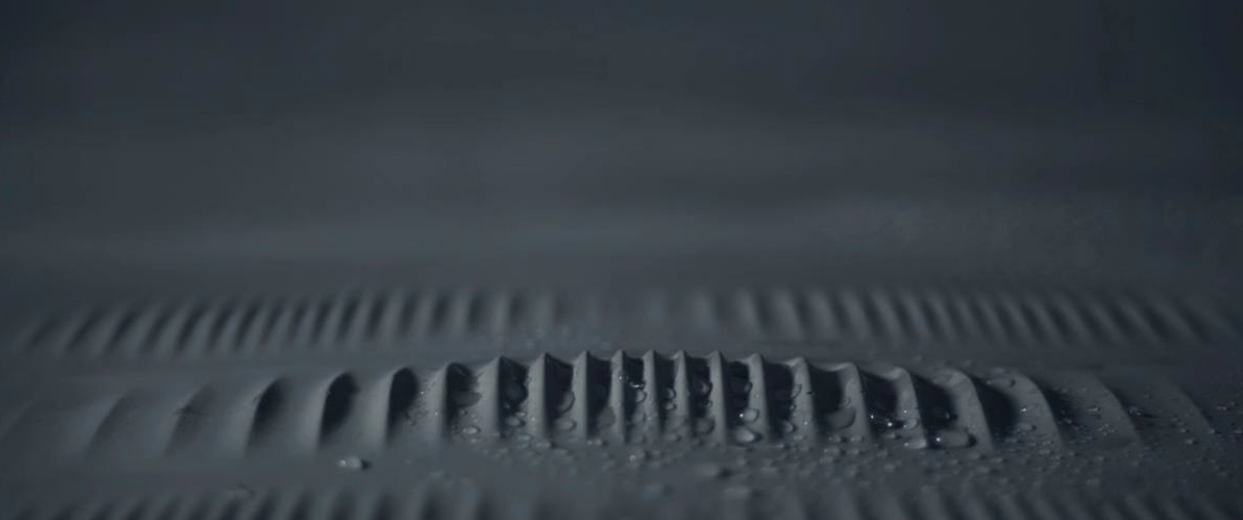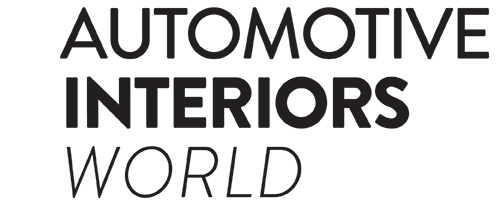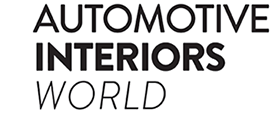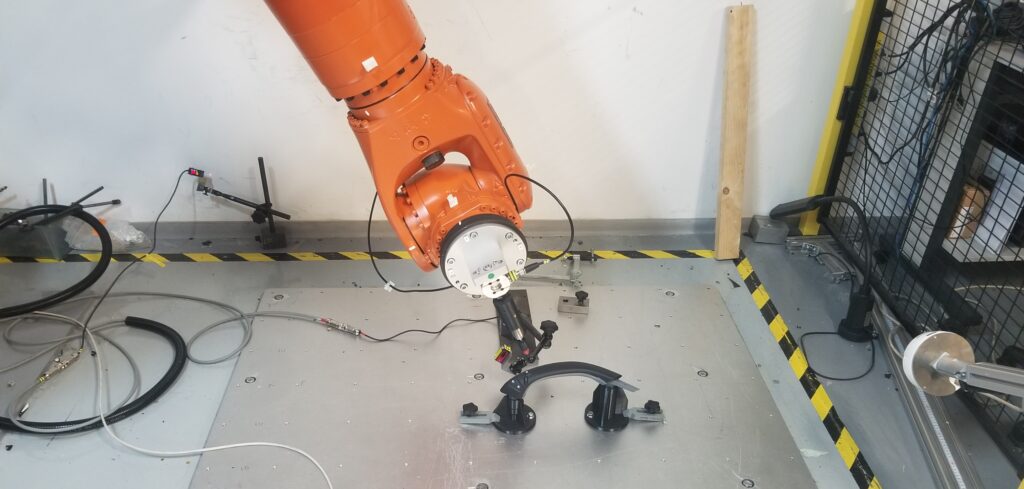The majority of interactions between driver and vehicle are through sophisticated touchscreens, control panels or complex arrays of buttons. These flat, often untextured, surfaces rely heavily on vision engagement, which can be a source of distraction, and also capture limited information about the driver. To achieve a safer and more engaging user experience, manufacturers are reconsidering how humans interact with vehicles and are now focusing on exploiting the sense of touch.
This has led to a rise in the development of in-mold electronics (IME), which are created using conductive and dielectric inks to print circuitry onto transparent plastic films, which are then injection molded. The latest technology takes this concept a step further and transforms the plastic material itself into an interactive surface.
By utilizing capacitance, polymers can now be developed into one flexible conductive material that can detect not only touch but also pressure. The design of the surface geometry produces unique signal patterns, which are then analyzed by machine learning algorithms. These algorithms interpret human interactions and assess the comfort, posture and concentration of the driver. These can then be used to adapt the car’s systems accordingly.
Explains Jakub Kamecki, partnerships and business development manager at TG0, the company behind this technology. “Our approach uses the polymer itself as the sensing element to detect touch, pressure, gesture, movement as well as deformation. That polymer can be made from well-known off-the-shelf materials.”
The material comprises four main elements. First, there is a non-conductive A side, which can be any non-conductive material, color or surface finish. Alongside this is a conductive B side material, which can detect changes in capacitance. These signals are transmitted to off-the-shelf microprocessor units (MCUs) where AI algorithms analyze and interpret the signal to understand how a certain touch corresponds to a particular output. The TG0 API then translates this information into more useful metrics such as touch location, pressure mapping, posture evaluation and activity tracking.
“There are two different applications of this technology,” highlights Jose Rodriguez, head of engineering at TG0. “For non-deformable materials, such as an ABS conductor, we measure the general change in capacitance to sense touch and proximity. But for materials that deform, such as thermoplastics, we can measure the deformation of the material as a proportional relationship with capacitive signal change. This allows us to measure the deformation of the material, which we can use in applications such as seamless pressure buttons or pressure mapping.”
This technology has been integrated into steering wheels, center consoles and window controllers, although is it still in the early phases of adoption by automotive manufacturers. TG0’s grab handle features in the NovaCar 3, a fully functioning interactive laboratory developed by plastics company Novares.

Manufacturing difficulties
Novares is responsible for developing the manufacturing process of the grab handle. Its unique design presented several production challenges, calling for a new approach. “To manufacture the grab handle we essentially injection mold a sensor into the existing substrate handle counterpart, so we had to do several complex studies to analyze whether we could inject the raw materials using only one mold,” says Sébastien Huck, product innovation leader at Novares.
“We then had to consider the conductivity of the raw material and guarantee this didn’t degrade throughout manufacture. For this, we had to define the limits of the process as well as the range of conductivity, which we achieved through a design of experiments (DOE) on the injection mold process. This involved investigating aspects such as the effect on the material if the surfaces of the cavity of the molds were of different temperatures, for example.”
The grab handle can detect squeeze strength and finger proximity and also features a trackpad that tracks finger movement. With so many functions integrated into a single part, assessing the response of the grab handle required a comprehensive test approach. At the time of writing, climatic aging tests were being conducted to analyze the functionality of the grab handle. Mechanical tests were also in progress, involving a six-axis robot arm manipulating each function several thousands of times to ensure repeatability.
At the end of the manufacturing process, a control station will be implemented to test the conductivity of the material once the part has been ejected from the mold. “100% of the parts that we produce will be tested before final assembly,” says Huck. “The target is for us to also do the final calibration so the part is ready to use by the customer as soon as it’s delivered.”
Training the AI
To ensure certain movements trigger the desired functionality, the AI algorithms have to be trained. For calibrating the trackpad, there are two approaches. The first involves employees simply moving their thumb around the trackpad randomly. The second is more automated and uses a CNC machine to guide an electronic finger through pre-defined routines and coordinates.
“How we train the AI depends on the application,” notes Rodriguez. “When it’s a simple pattern it’s quite easy, but when there is a 3D plane it gets extremely complicated. There is such a variation in the ergonomics of people’s hands, fingers and cover area. For example, for the grip sensitivity of the grab handle, different sizes of hand can trigger different functionality, so sometimes we need a one-time calibration to identify which model to use and then apply the relevant learning code.”
This pre-teaching procedure means there is no actual learning occurring when the device is in use, although this is possible should a customer request it. The approach of using off-the-shelf materials means that TG0 can focus on tuning the response times, refresh rates and resolution of the software to the customer’s requirements. “By not using in-mold electronics we dramatically reduce the complexity of the device,” concludes Kamecki. “Therefore the form factor can be quite long, so designers can consider new surfaces that perhaps were previously inaccessible for interactions.”



